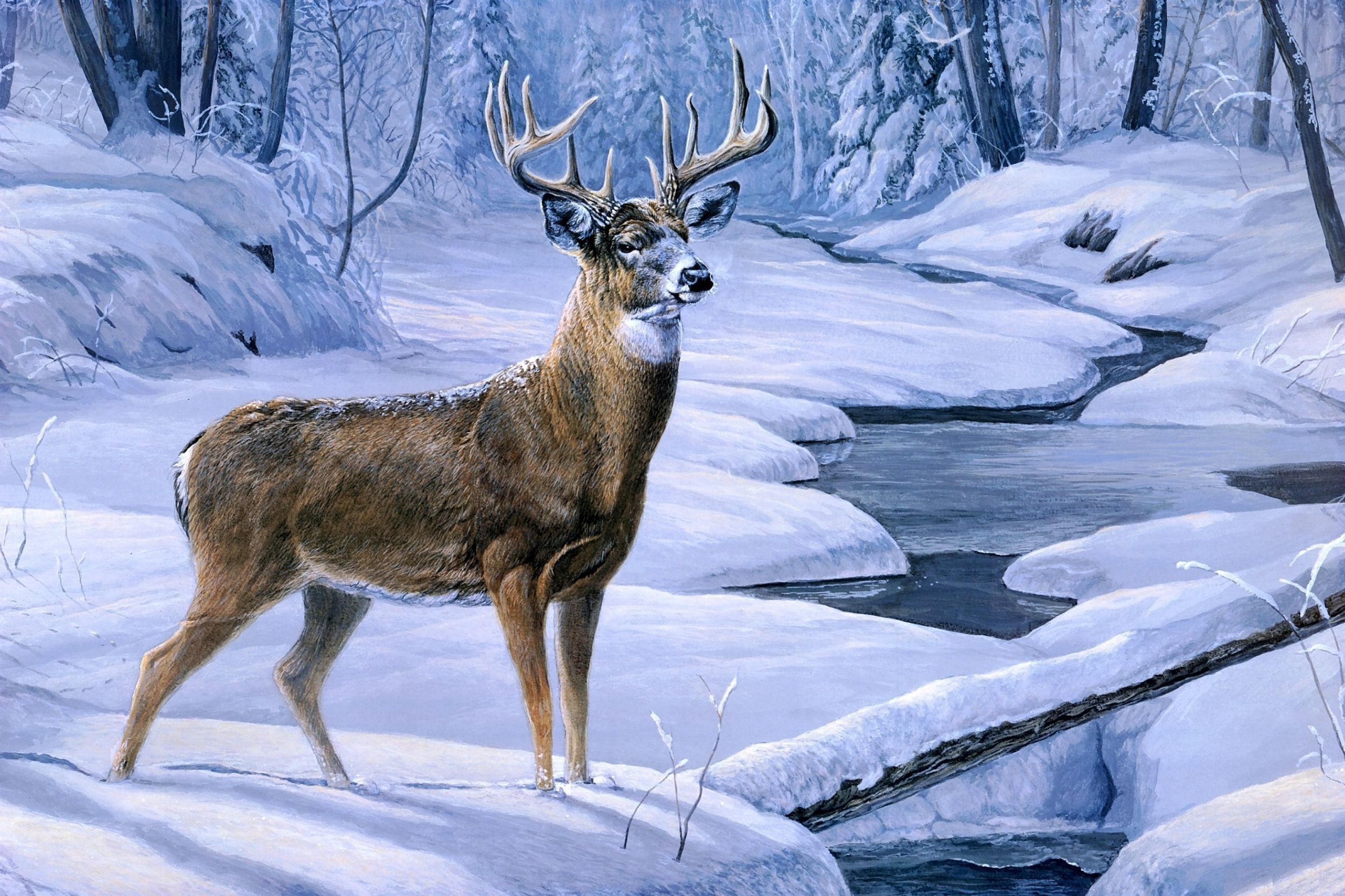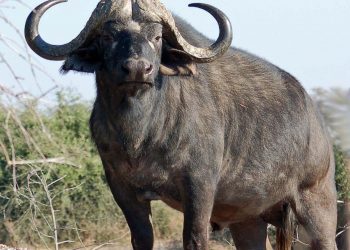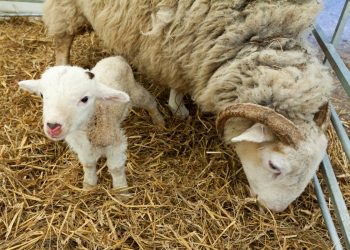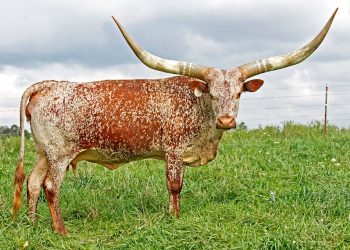In nature, we often see dark inconspicuous colors such as gray or brown. However, there are also animals that stand out with, for example, a brightly colored plumage. The colors of animals are not only there because it looks beautiful, a large part of the colors has to do with communication between different animal species.
Common colors
The colors that occur most in nature are the natural shades. For example, brown, black, and gray are often seen. In rodents, the color agouti (also called wild color) is seen. The first part of a hair is gray, fades into brown, and ends in black. Because of these colors, the animals are hardly noticeable in nature. It is in most cases a good camouflage as the ground, trees, mountains, and sand also come close to the most common colors.
Bright colors
Tropical birds and fish often have beautiful bright colors. They are very noticeable, which does not seem ideal in the animal world with predators but does have a function. The deeper into the sea, the darker the environment becomes. You will not find the most brightly colored fish deeper than 20 meters in the water.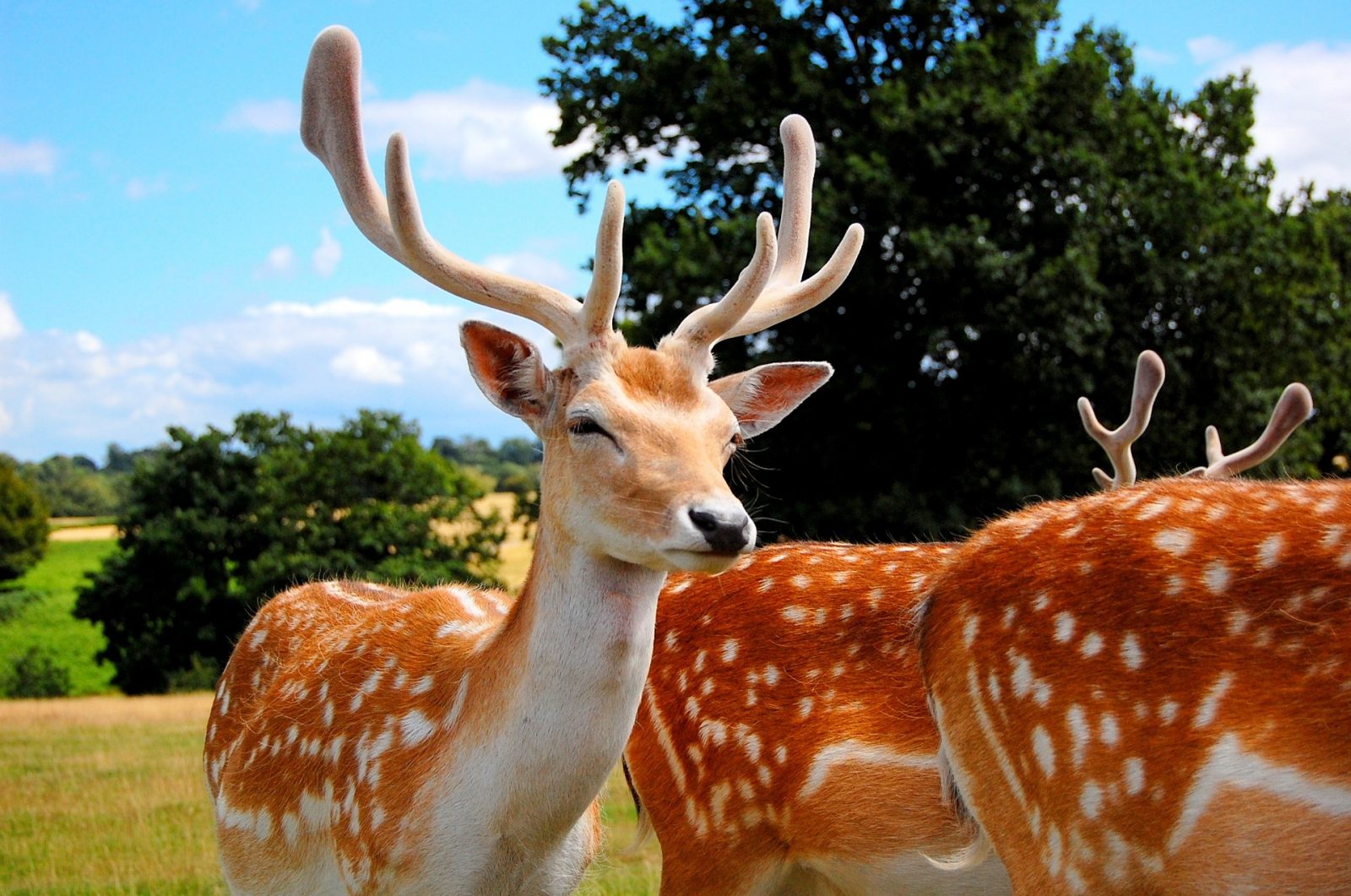 One reason for the bright color is that there are many more species and birds and fish in tropical areas. This allows birds and fish to recognize their congeners in a large area.
One reason for the bright color is that there are many more species and birds and fish in tropical areas. This allows birds and fish to recognize their congeners in a large area.
Another reason is that the animals want to stand out. Especially in birds, the male species often have bright colors. These bright colors allow the male to stand out from the females. The males sometimes do something extra to seduce the females.
For example, the great frigatebird inflates a red sack on the chest and the satin bowerbird may not have a bright color, but collect as many bright things as possible such as flower petals to make a nice collection for a female.
A final function of the bright colors is to warn. For example, many poisonous frogs have a bright color. This actually warns other animals that they should not eat the frog. A frog, therefore, stands out because of its color, but a predator will not easily catch a fierce frog.
Reading Suggestion: Cute Frogs 101
discolor
Some animals can change color to blend in with their environment. One of the most famous coloring animals is the chameleon. Animals that can change color always have a base color. The chameleons that mainly live in trees have a green color, the chameleons that live more on the bottom have a brownish color. 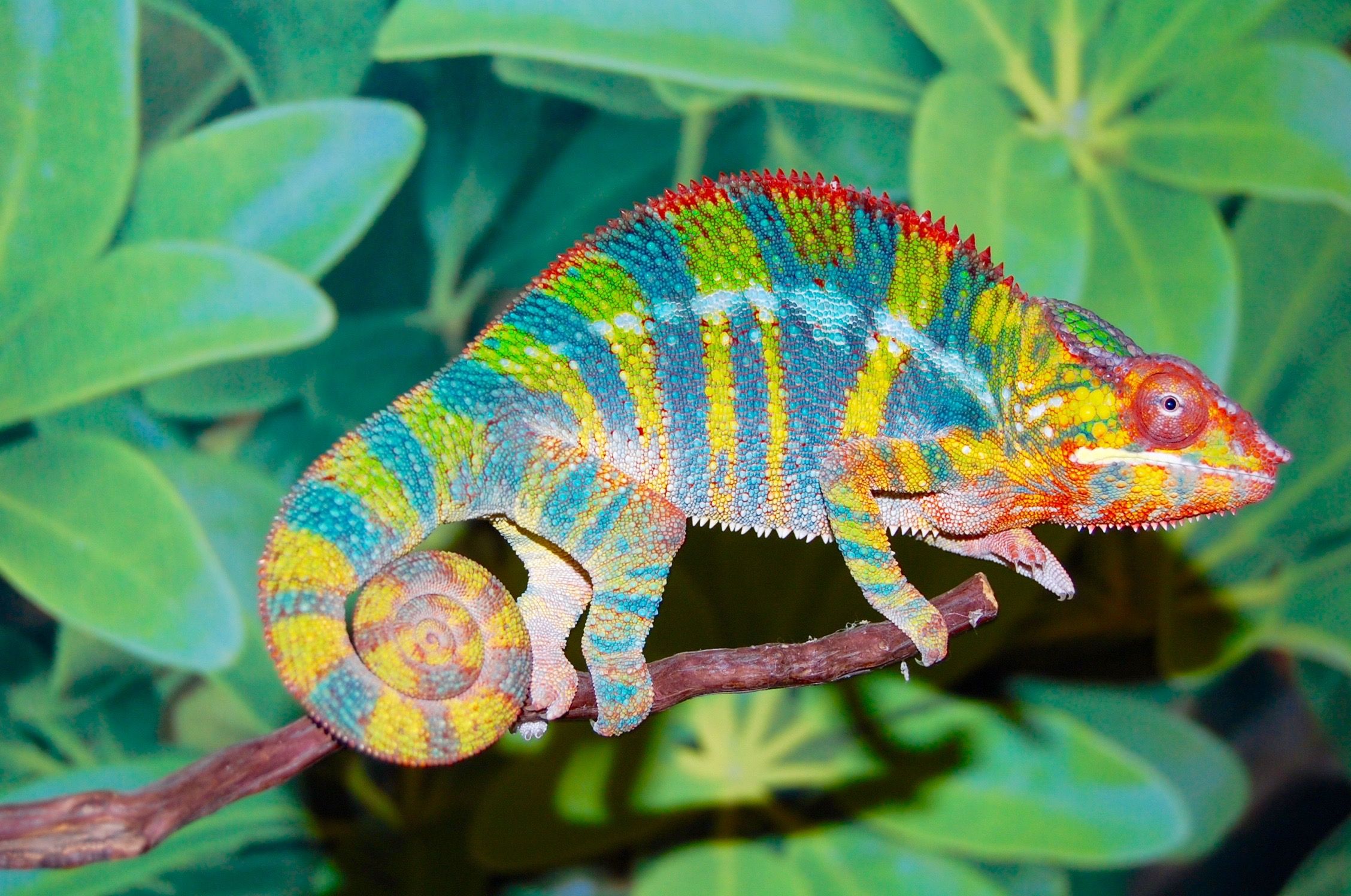
Furthermore, the color does not really adapt to the environment, but it is more a way of communicating. The colors of the chameleon will change in the event of illness, temperature changes, during the mating season, during the gestation period, during stress, and, among other things, aggression.
In the water, it is the place, squid and cuttlefish that change their colors. Even the crocodile can change. The crocodile doesn’t really change color, but it does change in how dark the scales are. A crocodile catches more sun with darker scales. To catch more or less sun, the color of their scales can lighten or darken.
Then there are the animals that take on a completely different color in the summer than in the winter. After the molt, many animals will have a slightly different color, but the arctic fox, ermine, and arctic hare really stand out. These animals all have very white fur in the winter and in the summer they exchange their white suit for a brownish color.
Albino
Albinism occurs in both humans and animals. This abnormality can occur in any animal species, but it is seen more often in some animals, such as rabbits. Albinism is a condition in which an animal has little or no pigment. As a result, the animal is white and has red eyes. The red eyes are actually because the eyes have no color so that the blood of the retina is visible.
The vision is an albino is often poor. In addition, albinos burn quickly and the animals are easy prey because of their striking white color. Albinos are therefore not seen very often because the chance of survival is also not that great.
Melanism
The opposite of albinism is melanism. An animal has too much pigment. The animals are usually colored completely black. However, the black color in nature also has its advantages. For example, lizards with black skin can absorb much more sun. 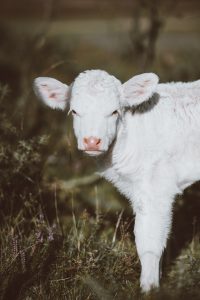
If an animal species benefits greatly, it may happen that a subspecies of an animal arises after a while. This has been the case, for example, with the pepper and salt moth. These moths used to be mostly white, but their habitat was in an industrial area, turning the white birch trees into soot-stained trees.
The white butterflies really stood out in the area. Butterflies with melanism were added as a result of spontaneous gene mutation. Because the dark butterflies had a greater chance of survival, there were eventually fewer white butterflies left.


